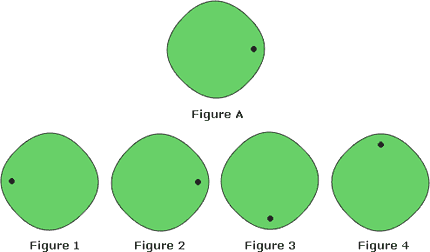
Perceived intensity predicted more approach-oriented (e.g., confrontation) and less avoidance-oriented coping responses (e.g., minimization). The appraisals were also related to coping responses. Findings based on exploratory and confirmatory factor analyses supported the current theorizing of workplace ostracism such that perceived intensity, intent, and ambiguity were reflected in how targets appraised being ostracized at work.

Second, drawing from the transactional theory of stress and coping, we investigated whether this subjective experience impacts targets' coping responses.

First, we tested whether the subjective experience of targets reflects the current theorizing of ostracism. The theoretical and practical significance of these findings are discussed in relation to how workplace ostracism is typically studied in the literature.Ībstract = "Using both correlational and experimental designs across four studies (N = 1251 working individuals), the current project aimed to contribute to the understanding of workplace ostracism by studying two research questions. Although these researcher-defined dimensions may be reflective of targets' experience, we propose that predictions made based on these dimensions need further refinement. While attributions of intent also predicted some coping responses (e.g., instrumental support seeking), the explanatory power of perceived ambiguity was lower than the other two appraisals.

Using both correlational and experimental designs across four studies (N = 1251 working individuals), the current project aimed to contribute to the understanding of workplace ostracism by studying two research questions.


 0 kommentar(er)
0 kommentar(er)
